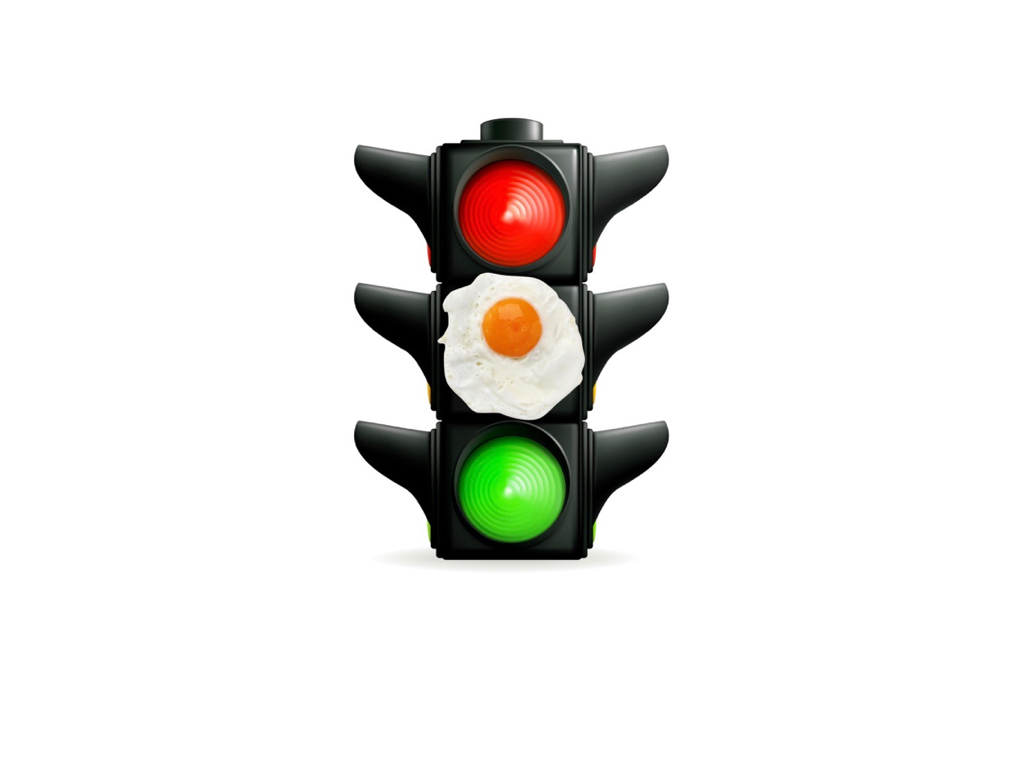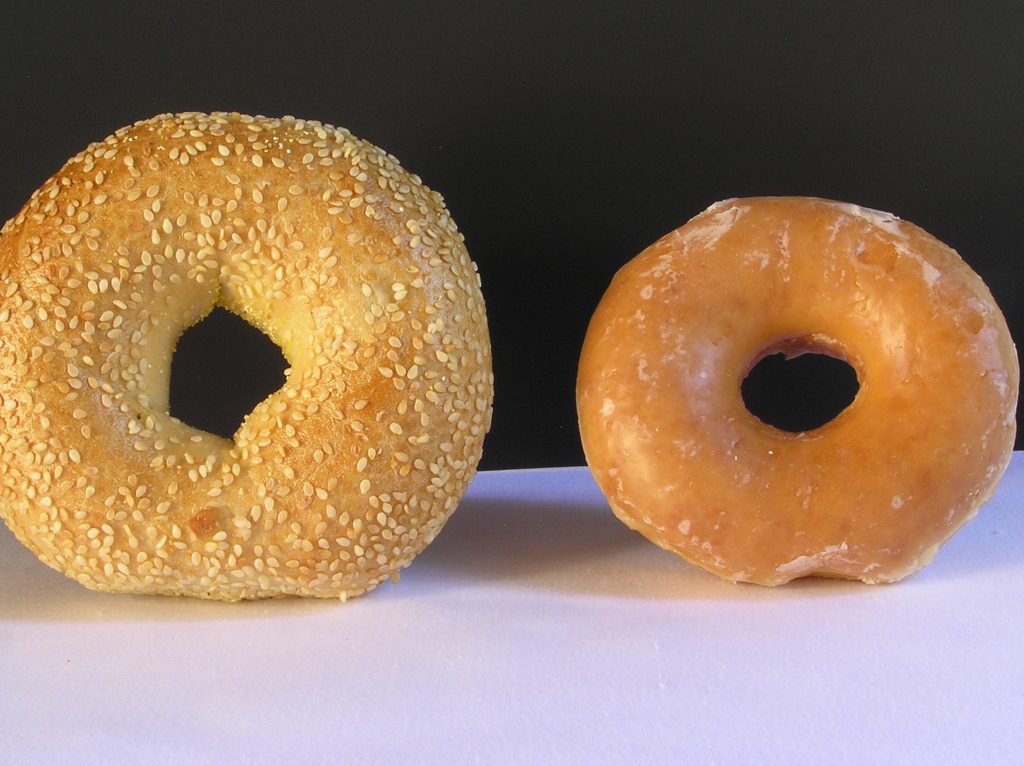Diet studies generally provoke a feeding frenzy among nutrition camps: every group chews off the parts of the results they like best (i.e., those that support their previously held opinions).
Let’s go behind the headlines to the actual study:
Very overweight individuals (213 pounds) were given a low-fat or low-carb diet for 1 year. A particular strength is that African Americans were well represented.
At the end of the year, the low-carb group (compared to the low-fat) showed these results:
- lost 8 pounds more
- did not lose muscle mass (whereas the low-fat group did)
- increased more of the good cholesterol (HDL)
- decreased triglycerides more
- cut inflammation more (C-reactive protein)
- lowered the estimated 10-year risk of coronary disease more
Fascinating! Now let’s take a look at how they did it.
- Both groups cut ~500 calories per day from their diet. They started at ~2000 calories per day and dropped to ~1,500 calories per day.
- Low-carb group: Cut carbs by ~50% and did not increase fat intake.
- Low-fat group: Cut total fat by 35% and saturated fat by 43%. They also cut healthy omega-3s by 36%.
What can we learn?
- If you cut 500 calories per day from your diet, you will lose weight.
- Cutting those calories from carbs rather than fat seems to be associated with the most weight loss and best risk indicators.
Why are low-carb diets so helpful?
The simple answer is that most Americans eat way too many unhealthy carbs.
What are the carbs we should cut?
The answer lies in a list compiled by the Department of Agriculture of the top sources of calories in the U.S. Diet. At the top of the list are:
- Grain-based desserts
- Bread
- Soda
- Pizza
Vegetables and fruit also contain carbs, but those are not the ones to cut. Reason is that vegetables and fruit, in addition to sugar, also contain lots of fiber that blunts the amount of sugar that is absorbed. At the same time, they contain vital nutrients that are generally in short supply. Americans, on average, eat a total of 3 servings total of combined vegetables and fruit. Studies show we should be eating more than double that amount (i.e., 5 servings of vegetables and 2 servings of fruit per day).
Does this mean fats don’t matter?
No. Fats absolutely matter. To begin with, all fats, even healthy ones, are calorie-dense.
And—fat-filled foods need a more nuanced view. Fish and flax (omega-3s), nuts, avocados, and olives (monounsaturated) contribute to health benefits, while other fatty foods like sausage and fried chicken are definitely on the nix list. Putting this study into context, beef is likely somewhere in between, with added risk dependent on the amount consumed. To learn more about how fats can impact your diet, check out our module on dietary fat.
A more recent randomized control study of 609 overweight individuals compared the effectiveness of “healthy low-fat” diet with a “healthy low-carb diet. At the end of 12 months, there was no significant difference in weight loss.
Bottom line is that both carbs and fats come in healthy and less-healthy versions. The evidence is overwhelming of the need to cut down on the least desirable carbs in our diets.
Does anyone think we’re eating too few bagels and donuts?
References:
Effect of Low-Fat vs Low-Carbohydrate Diet on 12-Month Weight Loss
Interested in eating better for your own health?
Learn the essentials of good nutrition in our interactive, user-friendly nutrition learning program for the public.
Clinicians: Do you feel confident responding to patient questions about nutrition?
Take our award-winning condensed interactive nutrition CME—and learn what every clinician should know about nutrition.



